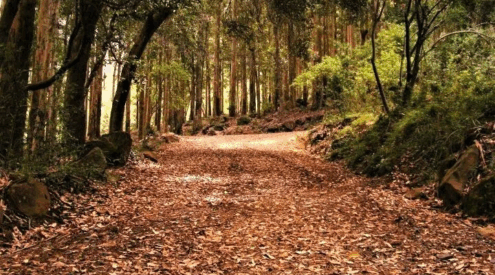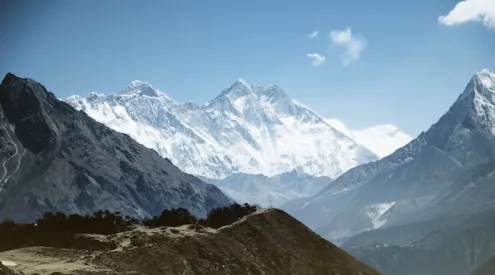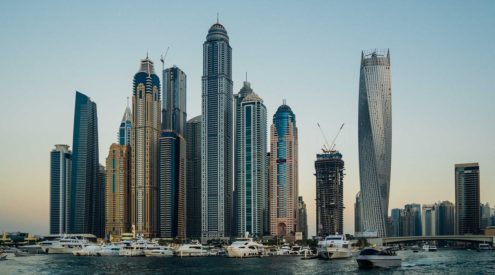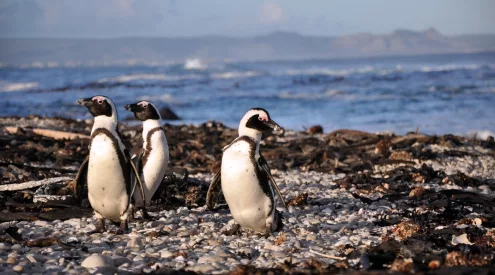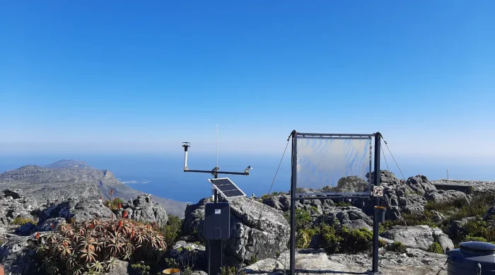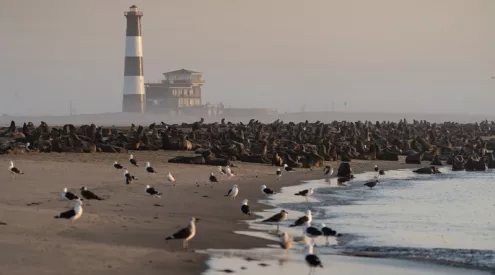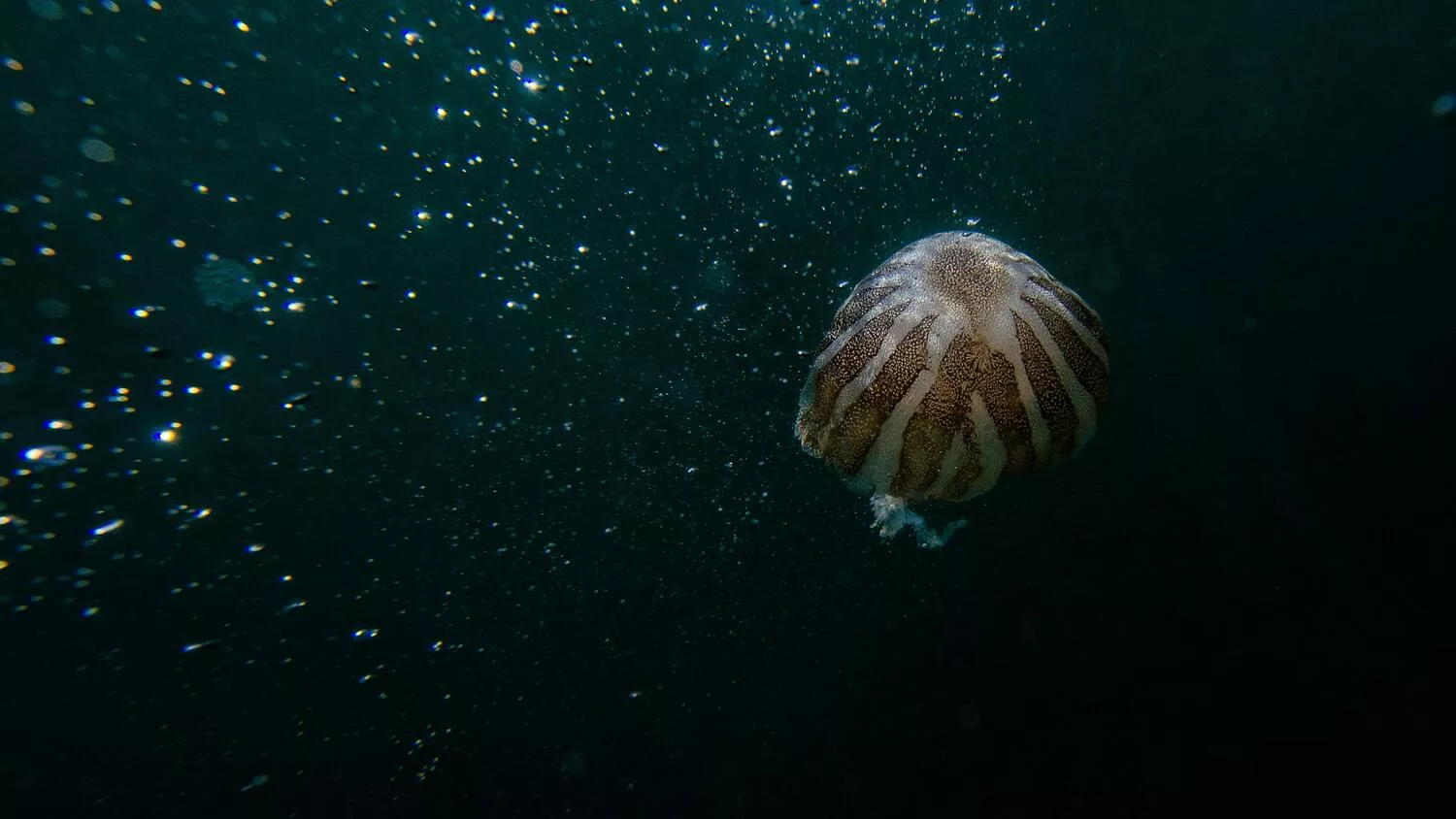
Image: Pexels
Travel far beneath the surface of the ocean and you’ll find a mesmerising world. Here, in the darkness and under immense pressure, a number of minerals essential to our modern life are extracted and often exploited through practices such as deep-sea mining.
Scattered across the seabed lie deposits of cobalt, nickel, manganese and rare earth elements – the very materials that power our smartphones, electric vehicles and renewable energy technologies. These untapped resources have sparked a gold rush mentality among mining companies eager to harvest the ocean floor.
Yet as we’ve discovered in our explorations of Earth’s most pristine environments, beauty and vulnerability often go hand in hand.
The deep sea hosts truly remarkable creatures adapted to extreme conditions – luminescent fish, ghost-white crabs and ancient, slow-growing corals that have flourished undisturbed for centuries.Marine biologists warn that mining operations could devastate these life forms and delicate ecosystems in ways we cannot fully predict.
Massive harvesting machines would create sediment plumes that smother filter-feeding organisms, while noise pollution could disrupt the communication systems of whales and dolphins that have evolved over millions of years. Which then begs the question – what are the consequences of deep-sea mining, and are there any possible alternatives? First, it’s important to understand where and why deep-sea mining happens.
ALSO READ: Our seals are suffering: the impact of plastic on marine life
Where is deep-sea mining happening?
Most deep-sea mining activity occurs in international waters governed by the International Seabed Authority (ISA).
The most heavily targeted area for deep-sea mining is known as the Clarion-Clipperton Zone (CCZ) in the Pacific Ocean–an expanse of seabed between Hawaii and Mexico. Other zones include the Mid-Atlantic Ridge, the Indian Ocean, and cobalt-rich crusts on Pacific seamounts.
These regions are also home to unique ecosystems that scientists are only beginning to understand.
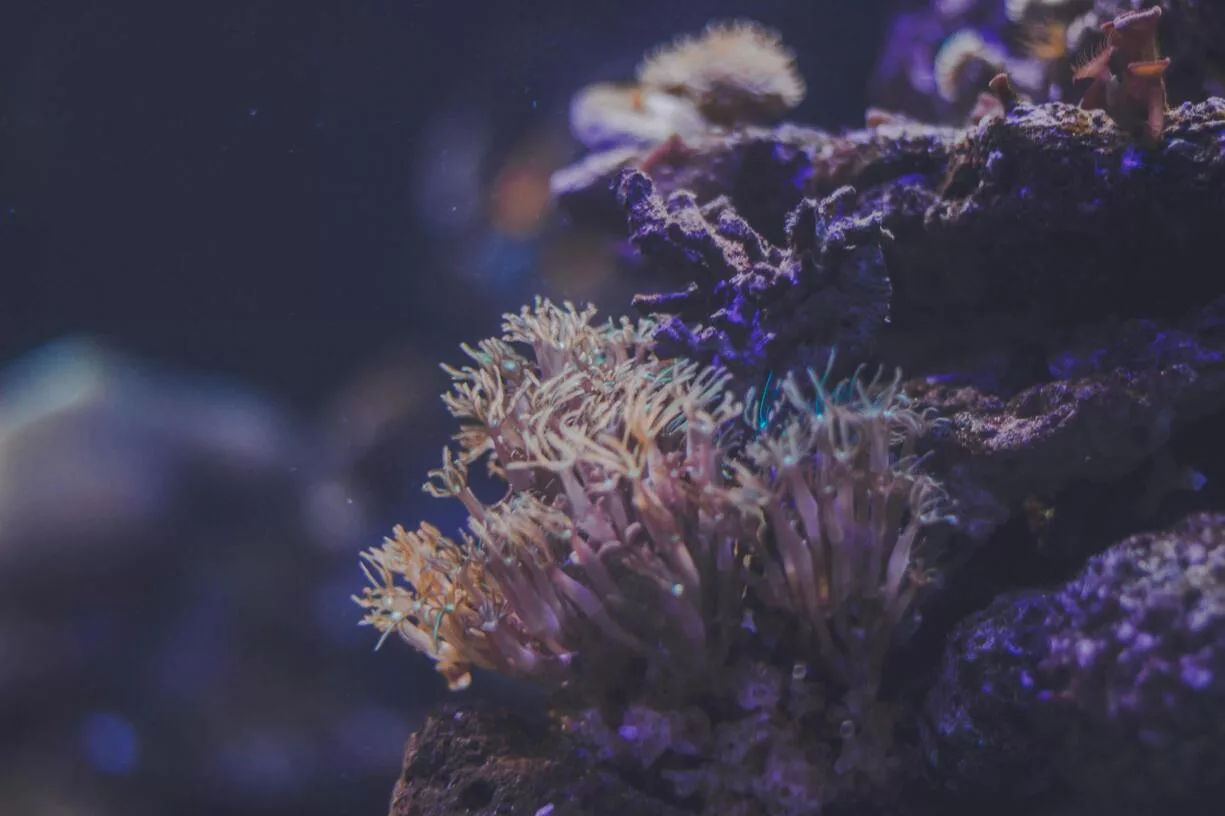
Image: Pexels
How does deep-sea mining impact marine life?
Deep-sea mining threatens entire ecosystems, including the delicate coral gardens that protect life, and tiny microscopic engines that play a huge role in maintaining the ocean’s carbon cycle.
Slow-growing, habitat-forming organisms like deep-sea corals and sponges are especially vulnerable. Sediment plumes stirred up during deep-sea mining operations can travel kilometres, smothering organisms and disrupting filter feeders like corals and sponges. For example, corals in the CCZ grow mere millimetres per year and can take centuries to recover from disturbance—if they recover at all. According to a systematic review conducted by BioMed Central, even low levels of sediment exposure (or sediment plumes, in relation to deep-sea mining) can be detrimental to corals.
Deep-sea mining may also impact the habitat of bottom-dwelling marine species such as sea cucumbers, brittle stars, and polychaete worms by destroying concretions of iron and manganese hydroxides and other metals that host these species. Deep-sea fish, like rattails and eels, and other larger predators, depend on this benthic food web.
The impact extends to even the smallest forms of life. Microbial matter found in deep-sea sediments play a vital role in carbon cycling and nutrient regulation within the ocean. Mining can disturb these microbial populations and in turn suppress their activity for extended periods, disrupting the ocean’s ability to store carbon, which is essential to life.
These are but a few of the negative impacts of deep-sea mining that have been studied and documented. Life is slow-moving in the depths of the ocean, and rehabilitation from these disruptions may take years if not longer…
Regulations around deep-sea mining
The ISA is tasked with regulating deep-sea mining under the United Nations Convention on the Law of the Sea (UNCLOS). It has issued exploration contracts and designated protected Areas of Particular Environmental Interest (APEIs) in regions like the CCZ. However, frameworks for exploitation still remain incomplete.
The WWF has called for a global moratorium on deep-sea mining until more research is conducted and stronger environmental protections are enacted. While some industry proposals include real-time monitoring and habitat restoration, most experts agree that many impacts cannot be effectively mitigated.
Alternatives to deep-sea mining?
Rather than mining the deep sea, many advocate for improving recycling of critical minerals from electronics and batteries. Advances in battery technology—such as cobalt-free alternatives—also reduce the demand for deep-sea-sourced materials. A circular economy focused on reuse and sustainable land-based mining may offer a safer and more responsible path forward.
ALSO READ: Vultures add significant value to Southern Africa’s ecosystems, new report highlights
Follow us on social media for more travel news, inspiration, and guides. You can also tag us to be featured.
TikTok | Instagram | Facebook | Twitter

